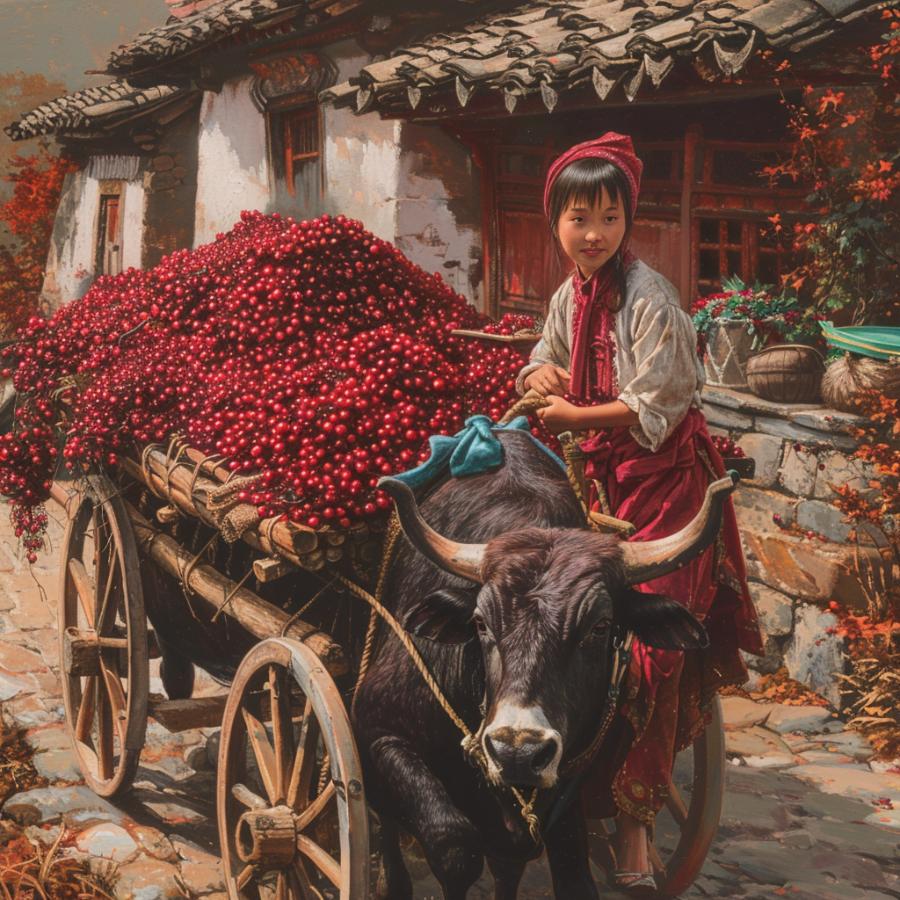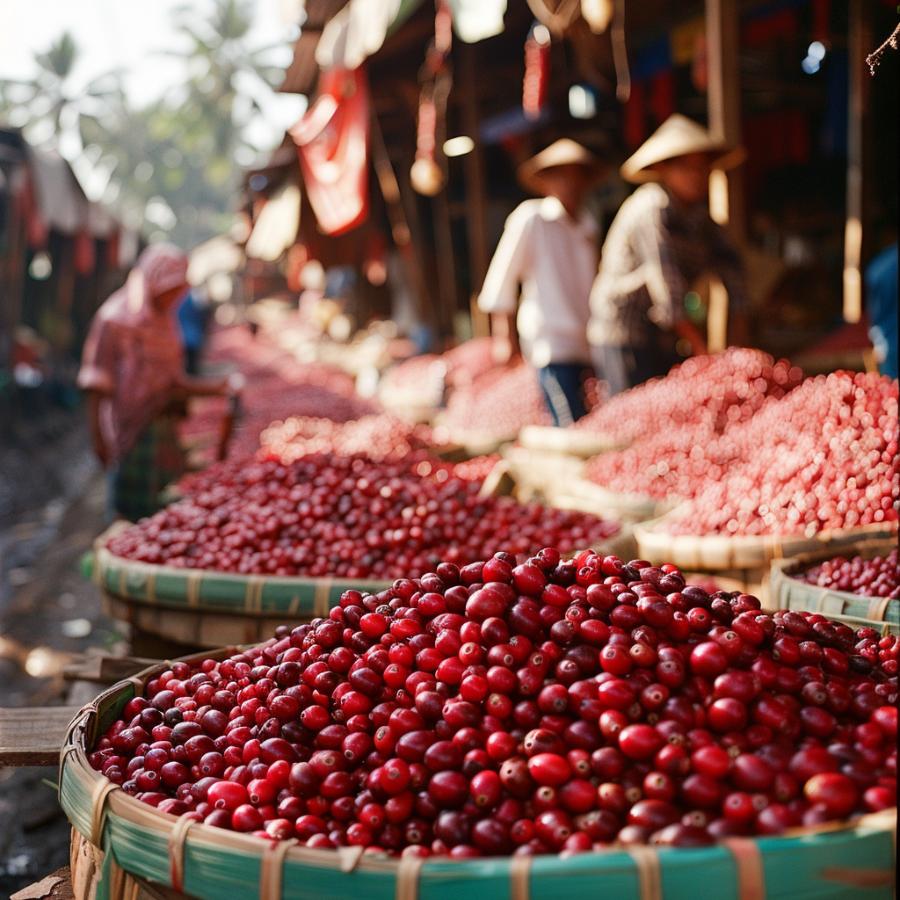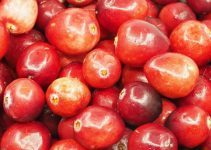
A new and exciting Crop
…
History is always better told in the form of a story. This one is historically accurate.
The Story of Mei
In a small village nestled among the rolling hills of China, a curious and adventurous girl named Mei loved to bring new things to the village. Mei loved exploring the world beyond her village and learning about new places and things. Her father was a merchant, and sometimes he would take her on his long journeys to distant lands.
One summer, Mei and her father traveled to a bustling port city where traders from all over the world gathered. As they wandered through the crowded market, Mei noticed a small booth run by a kind-looking man from a faraway land. On his table, he had a basket of bright red berries that Mei had never seen before.
“What are these?” Mei asked the man, her eyes wide with curiosity.
“These are cranberries,” the man replied with a smile. “They come from a distant land across the great ocean. They are very healthy and have a unique flavor.”
Intrigued, Mei asked her father if they could buy some cranberries to bring back to their village. Her father agreed, and they purchased a large cartful of the bright red berries. Mei was excited to show the cranberries to everyone back home.
When Mei and her father returned to their village, Mei ran to the town square, where the villagers gathered every evening. She brought over the cartful of cranberries and called out, “Look what I have brought back from the city! These are cranberries from a faraway land!”
The villagers gathered around Mei, curious about the new fruit. They examined the cranberries, feeling their smooth, shiny skins and admiring their vibrant color. But when some of the villagers tasted the cranberries, they puckered their lips at the tartness and shook their heads.

The Hero Returns
“These berries are too sour,” one of the villagers said. “How can we use them?”
Mei was determined to find a way to use the cranberries in a way that everyone would enjoy. She decided to visit the village elder, a wise woman named Lin, who was known for her knowledge of herbs and cooking.
“Grandma Lin,” Mei said, holding out the bag of cranberries, “how can we use these berries? They are too sour to eat on their own.”
Grandma Lin took a cranberry and tasted it thoughtfully. After a moment, her eyes twinkled with an idea. “These cranberries remind me of some of the sour fruits we use in our cooking,” she said. “We can make a delicious sauce with them. Let’s try cooking them with some honey to balance the tartness.”
Together, Mei and Grandma Lin cooked the cranberries with honey over a gentle fire. The sweet aroma filled the air, drawing the villagers to Grandma Lin’s home. When the sauce was ready, they served it with rice and roasted duck at the village feast that evening.
To everyone’s delight, the cranberry sauce was a hit! The tartness of the cranberries complemented the sweetness of the honey and the savory flavors of the duck. The villagers were amazed at how delicious the cranberries had become with a little creativity and teamwork.
From that day on, the villagers found many ways to use cranberries in their cooking. They made cranberry teas, added dried cranberries to their rice dishes, and even used them in their traditional medicines, appreciating the health benefits the berries provided.
Mei’s discovery had brought a new and exciting flavor to the village, and she was celebrated as a hero for her curiosity and determination. The villagers learned an important lesson that day: sometimes, new things might seem strange or difficult at first, but with a little creativity and an open mind, they can bring wonderful new experiences and joys.
And so, the small village in China embraced the cranberry, and it became a cherished part of their culinary traditions, thanks to a brave and curious girl named Mei.

Early Entrepreneur
…
Now for the Facts
Introduction to Asia
This berry is less well-documented than many other foods arriving in the East, but we do know it is closely tied to the global trade routes established by European powers. During the 17th and 18th centuries, European traders, particularly the Dutch and the British, established trade routes that connected Europe, Asia, and the Americas which is where cranberries are native to. (See the exact states that produce the most.)
As with many foreign ingredients, cranberries were gradually accepted and used in local dishes. Their sour taste made them a natural fit for many of the sweet and sour flavors that we see today is Asian food.
In China, for instance, cranberries were used in traditional medicine due to their perceived health benefits, much like other sour berries and fruits.

Modern Markets
In Japan, cranberries were looked upon with favor for their unique taste and nutritional value.
The Japanese habit of incorporating Western ingredients into traditional foods meant that cranberries seemed to get into everything from rice to desserts.
Today, cranberries are common in Asia and used much the same way the rest of the world uses them. Dried, drinks and in sauces.
In South Korea, cranberries have become popular in health foods and beverages, often marketed for their antioxidant properties.
In India, dried cranberries are a popular addition to trail mixes and are used in both sweet and savory dishes.
…
Hope you had fun learning about cranberries and their introduction to Asia today.
– Cranby




